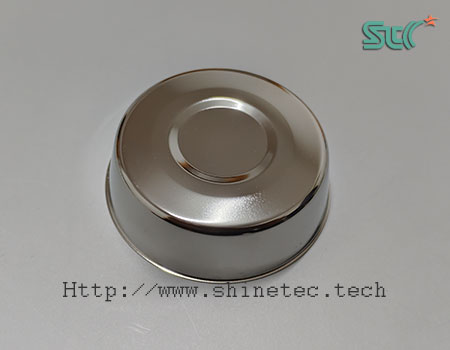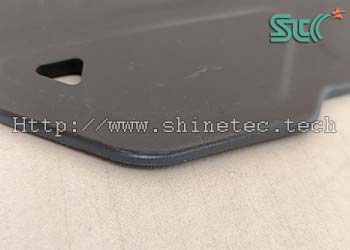Can plasma finishing and polishing achieve a mirror polishing effect?
Plasma polishing has been widely used in fine polishing applications of high-end products, such as furniture and bathroom tableware industry: handles, handles, faucets, copper parts; glasses industry: glasses frames, glasses frames; aerospace manufacturing: aircraft engine blades; medical device manufacturing Industry: titanium alloy, stainless steel equipment and other fields.
1. What is plasma polishing?
Plasma polishing, also known as nano-polishing, is a new finishing and polishing process for deburring, descaling, and improving brightness on the surface of metal product workpieces. In essence, it is also electrolytic polishing. Under the action of large current, the electrolyte is vaporized and high-energy plasma is generated to impact the surface of the product to achieve a polishing effect. It is suitable for large quantities of special-shaped workpieces with complex curved surfaces to quickly and efficiently achieve a near-mirror polishing effect. So what kind of surface polishing effect can plasma polishing achieve? Today we will share a case in which deep-drawn stamping parts made of 304 stainless steel were treated with plasma polishing to remove burrs and oxide scale to achieve mirror polishing. Take a look at the specific advantages and disadvantages of this process and whether it can meet your finishing and polishing needs.
Let’s take a look at the comparison of the effects of plasma polishing on this stainless steel stamping part:

Surface effect of stainless steel stamping parts before plasma polishing(nano-polishing)
We can see that the surface of the original surface of this workpiece has lines left after cold rolling, and there are obvious stretch marks left after stretching on the edges. The upper opening has obvious burrs left after punching and cutting. It feels prickly and can cut your skin if you’re not careful.

Surface effect of stainless steel stamping parts after plasma polishing(nano-polishing)
Now the surface of the product is shiny, and the oxide scale on the internal and external surfaces has been removed. The original cold rolling marks are almost invisible when viewed from the front. The stretch marks on the edges have also become much reduced. The upper opening feels better to the touch. It should be smooth, no tingling feeling, and the burrs should have been removed.
2. Scope of application of plasma polishing
Now we fix the stainless steel deep drawing stamping part on the hanger and put it into the plasma polisher. After waiting for 2 minutes, you can see that its surface is now shiny and the original oxide layer has been completely removed. We Let’s take a look at the overall surface condition. The cold-rolled marks on the surface of the original part before polishing is still quite obvious. Look at the stretch marks on the edge. You can still see the obvious stretch lines. Let’s touch the cut part at the opening, the hand feels relatively rounded, does not irritate the hand, and the burrs have been removed. The internal and external surfaces of the entire product have uniform polishing quality and high brightness. It should be said that it is quite beautiful. Let’s sum it up. If your products are small pieces with relatively small burrs, smooth original surfaces condition, complex shapes, and large quantities, then plasma polishing can meet your needs and achieve a mirror polishing effect. If you want to remove larger burrs, flashes, scratches, and thicker oxide layers through plasma polishing, then plasma polishing cannot meet your requirements. Friends, do you now understand the characteristics of plasma polishing?


